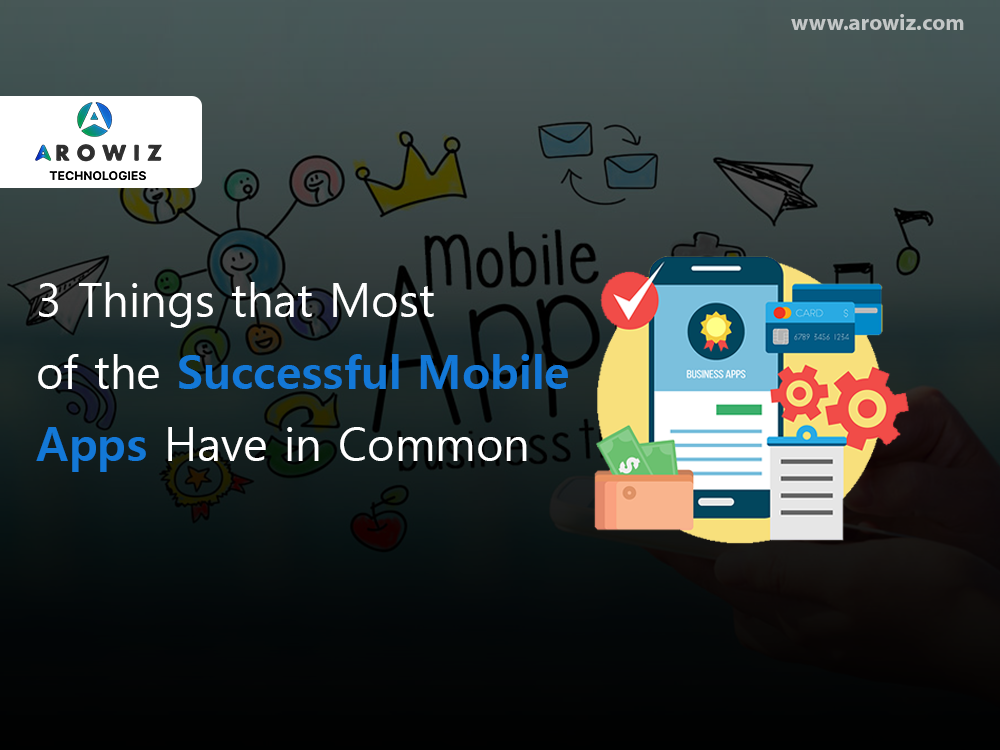If we keep doing what we’re doing, by 2030, the Earth’s average temperature will go up by 1.5 degrees Celsius….
Using AI to lessen and counteract climate change’s harmful impacts on Earth.
Shivani
- March 20, 2024
6 min read

If we keep doing what we’re doing, by 2030, the Earth’s average temperature will go up by 1.5 degrees Celsius. That might not sound like much, but it could cause big problems like really hot days, floods, no rain for a long time, crops not growing, and lots of animals dying.
Right now, we have one last chance to fix things. All the big countries need to work together to cut the bad gases that make the Earth hotter in half by 2030. Then, by the early 2050s, we have to stop making those gases altogether. If we wait too long, it could be too late, and the future could be even hotter and scarier.

Things are starting to get out of control, so some people think we should use smart computers to help fix the climate. But some people aren’t sure if it’s a good idea. Let’s look at both sides and figure out if using smart computers is really important.
Leverage AI for Climate Resilience
Drive sustainable innovation, mitigate climate risks, and pave the way for a greener tomorrow. Act now and lead the charge in environmental stewardship with AI-driven initiatives.Talk To AI Expert.
Why Your Business Should Care About Climate Change
When it comes to dealing with climate change, doing business like always isn’t enough anymore. There are good reasons why every business, including yours, should think about being more sustainable. Let’s check out the top ones.
Customers want it.
A research company called Pro edge found that 78% of Americans would pay more for products that are good for the environment or help charity. More people are learning about environmental issues through the news and social media, and it’s affecting how they shop. This means people are more likely to buy from companies that care about the world.
Save money on taxes or get tax breaks.
The government gives businesses incentives to invest in renewable energy like solar, wind, and geothermal power. Your business might qualify for a tax credit of up to 26% if you install solar panels, use fuel cells, or set up small wind turbines. There are also other benefits like tax deductions for energy-efficient buildings and tax credits for using biodiesel.
Investors expect it.
Companies that care about sustainability are more likely to attract investments from funds and investors who care about environmental and social issues. Studies show that these companies often perform better financially and have lower costs, making them more appealing to investors. Businesses focused on sustainability tend to be valued higher, too.
It affects your supply chains.
Climate change can cause severe weather that damages buildings, cuts off resources, and disrupts transportation, impacting your supply chain. Rising sea levels can also hurt ports, causing billions of dollars in losses each year.

Because of reasons like these, businesses are turning to technology, especially AI, to help them take action on climate change. Many AI products and startups are entering the market to help businesses with climate action, like Climate AI, Gro Intelligence, and Climavision
The Applications of Artificial Intelligence in Climate Change
To avoid a really bad situation or at least make it better, we need to act quickly by responding to urgent problems while also planning for the future. Using AI for climate change is a good idea because it can quickly gather and understand a lot of complicated information about how the climate is changing, emissions, and other important things. This can help people make smart decisions based on data about how to reduce carbon emissions and make the world more Eco-friendly.
Climate Modeling
Experts who study global warming have been using climate models for a long time to understand how different parts of the Earth’s system interact. This helps predict how climate change might affect us. AI tools for climate change make these models better by using a lot of data and processing it accurately. They can also find patterns in the data that humans might miss.
Energy Efficiency
Using energy wisely and reducing waste is really important for sustainable development. One way to do this is with an AI-powered smart grid. This system can manage how electricity is made, sent out, and used more efficiently.
With this kind of AI, we can analyze data in real-time from things like smart meters and sensors to figure out when and where energy is needed most. This means we can use energy better, cutting down on waste and making sure there’s enough for everyone.
Also Read — Blockchain’s Impact on the Energy Sector
Carbon Capture Optimization
Utilizing AI to enhance carbon capture technologies, minimizing CO2 emissions from energy and industry sources, fostering cost-effectiveness, and efficiency in environmental protection.
Disaster Forecasting Advancement
Leveraging AI for proactive climate-related disaster prediction, enabling swift responses to impending threats through data analysis and early warning systems, safeguarding lives and property.
Ecosystem Surveillance
Harnessing AI tools for tracking shifts in natural resources and biodiversity, analyzing vast datasets from drones and satellites to identify climate change impacts, aiding conservation efforts and ecosystem preservation.
Sustainable Fashion Revolution
Employing AI-driven solutions to optimize supply chains, reduce waste, and promote eco-friendly manufacturing practices in the fast fashion industry, mitigating its significant carbon footprint and fostering sustainability.
Precision Agriculture Innovation
Implementing AI-enabled smart grids to optimize resource usage, mitigate water scarcity, and adapt to unpredictable weather patterns in agriculture, facilitating the integration of renewable energy and reducing greenhouse gas emissions.
Methane Emission Monitoring
Utilizing AI to interpret satellite data for real-time tracking of methane emissions from agriculture, energy, and landfill sectors, aligning with regulatory initiatives for enhanced environmental protection.
Green Technology Mining
Utilizing AI and climate change data to locate critical minerals essential for green technologies, optimizing resource extraction processes, reducing costs, and minimizing environmental impact in mineral mining operations.
Also Read — Our Best Solutions
Utilize AI for Climate Action
Boost Business Growth and Address Climate Change. Act now to diminish environmental impact and advance sustainability with AI integration as your business.Talk To AI Expert.
BCG has categorized the role of artificial intelligence in addressing climate change into five main elements.
- Gathering and synthesizing complex datasets related to climate effects, emissions, and other factors.
- Enhancing decision-making and strategic planning processes.
- Optimizing operational efficiency across various sectors.
- Supporting collaborative efforts within ecosystems to tackle climate challenges collectively.
- Promoting events and initiatives that have a positive impact on the climate.

Arowiz Technologies Contribution to Greener AI
At Arowiz Technologies we prioritize carbon neutrality in our operations. When developing applications, we’re mindful of the emissions we generate.
Here are some steps we take to make AI and climate change efforts more sustainable:
- We use already established large generative models.
- We employ energy-saving computational methods like Tiny Ml and micro controllers.
- We fine-tune generative models.
- We utilise tools like the ML CO2 Impact Calculator to measure carbon dioxide emissions during machine learning model training.
Our approach to AI software development revolves around maximizing the use of existing models and considering energy-saving constraints. This focus drives us to innovate creatively while minimizing environmental impact.
Harness AI for Climate Action
Fuel Growth and Fight Climate Change with Arowiz Technologies. Take action now to employ AI for reducing environmental harm and advancing sustainability as your business expands.Talk To AI Expert.
Conclusion
It’s really important to use AI to help with climate change. AI can gather data, make smart choices, and make things work better. With AI, we can do more to protect the environment and make the world healthier for everyone.
FAQ
Q. How can AI help combat climate change?
A. The key lies in understanding how AI contributes to addressing climate challenges. Here are several ways AI can assist in this regard: Climate Modeling, Energy Efficiency, Carbon Capture, Disaster Prediction, Ecosystem Monitoring, Sustainable Fashion, Agriculture Optimization, Methane Detection, and Green Technology Development.
Q. What is Green AI?
A. Green AI involves developing algorithms that require fewer data and computational resources. By doing so, it reduces the need for energy-intensive computations while maintaining the effectiveness of AI models.
Q. How can companies reduce carbon emissions from AI models?
A. Companies can adopt various strategies to make AI models more environmentally friendly:
- Enhance or fine-tune existing models.
- Utilize computational methods that consume less energy.
- Design IT infrastructure with sustainability in mind.
- Monitor energy usage, hardware utilization, and data storage to identify opportunities for improving energy efficiency.
Pro-Tip :- AI can optimize renewable energy distribution and consumption patterns, while also enhancing climate modeling accuracy for proactive mitigation strategies.
Join our free newsletter for more insights — click the link below
Subscribe to our Newsletter:https://lnkd.in/dYmBdX3c
Visit our solution : https://arowiz.com/solution/
Follow us on LinkedIn:https://lnkd.in/d4KZJakS.
Download Ebook: https://arowiz.com/book-download/
Tags
- ClimateCounteractEarthsoftware development
Our New Letter
Get productivity tips delivered straight to your inbox
Ready for more?

Arowiz Technologies is a Central India-based customer Centric software development & Expert IT Staff Augmentation company ...
FOR JOBS
hr@arowiz.comFOR SALES
sales@arowiz.comMARKETING / BLOGS
info@arowiz.comGET CONNECTED
Top Industry
About Us
Top Services
Hire Expert Developers
- AI / ML Developers
- Blockchain Developers
- DevOps Developers
- Web3 / Gaming Developers
- Full Stack Developers
- AR / VR – Meta Developers
- Python Developers
- Solidity Developers
- Node.js Developers
- ReatJs Developers
- Next.Js Developers
- Flutter Developers
- React Native Developers
- Golang Developers
- Mobile App Developers







